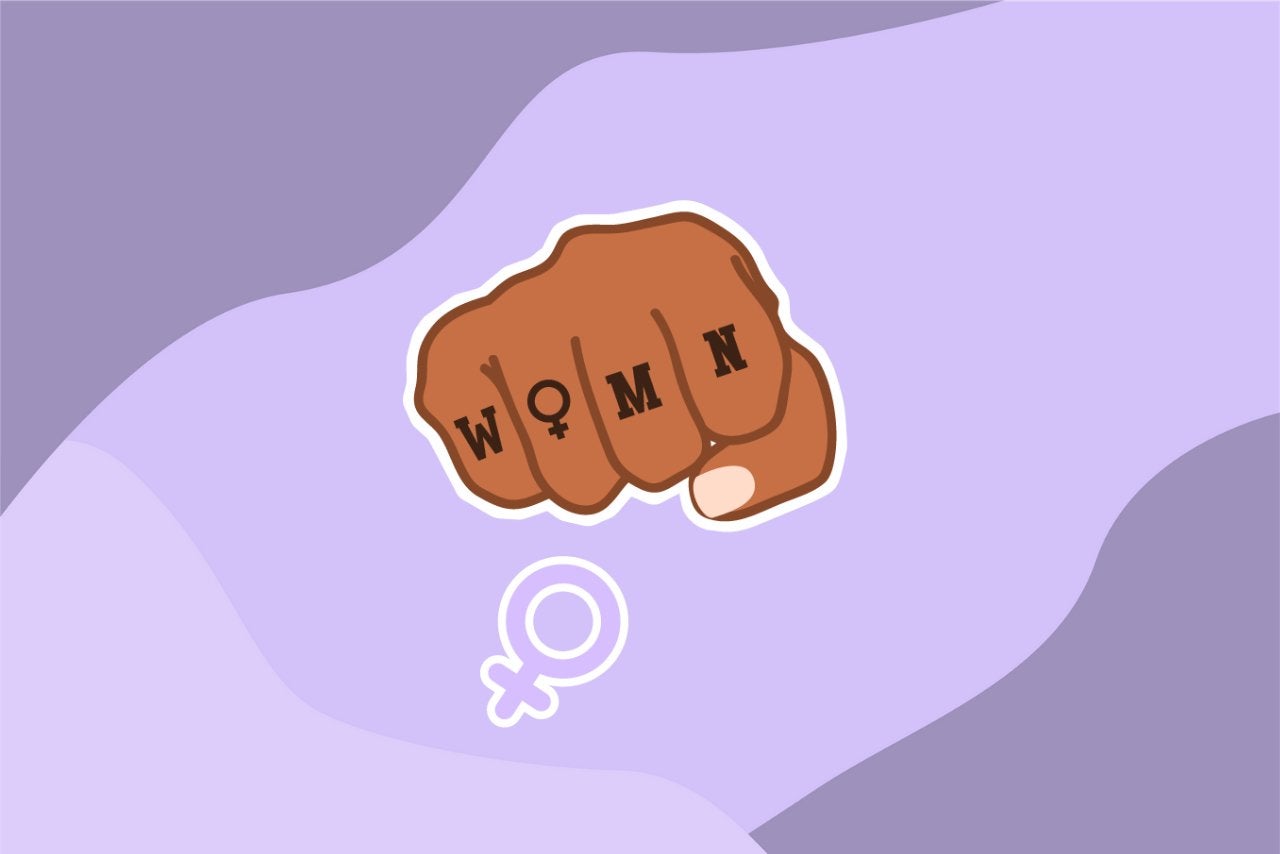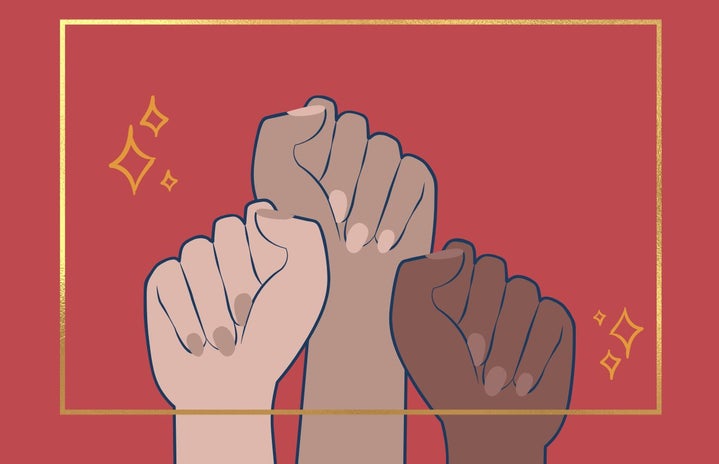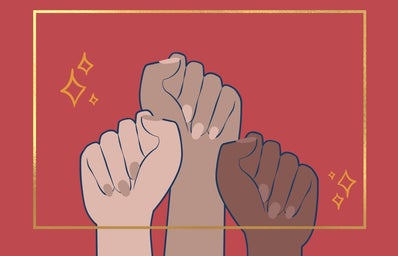The term “Womxn” marked the beginning of Women’s History Month on Twitter as it trended on March 1. It was mentioned over 30 thousand times after the online streaming company, Twitch, posted a tweet with a video honoring “Womxn’s History Month.” But, the tweets in response weren’t honoring “womxn.” Instead, they were criticizing the term.
What does “womxn” mean? The word was added to dictionary.com in 2019, and is defined as “a woman (used, especially in intersectional feminism, as an alternative spelling to avoid the suggestion of sexism perceived in the sequences m-a-n and m-e-n, and to be inclusive of trans and nonbinary women).”
Much of what is listed in the parentheses of that definition are essentially what many Twitter users are taking issue with. The idea that “womxn” is meant “to be inclusive of trans and nonbinary women” implies that the word “women” does not include trans and nonbinary women in the first place; it implies that “trans women aren’t real women.”
One Twitter user explains this by saying, “Imagine being trans and yourself and all of your loved ones identity you as a woman and then some big ass corporation comes along and labels you as ‘womxn’ to make you feel like an outsider instead of included. Why give it a separate label if your goal is celebrating them all??”
The intentions of Twitch, and most others who use the term “womxn” are most likely good ones. They want to be inclusive of all people, whether they be cisgender women, trans women, non-binary people, genderqueer people, transmasculine people, or transfeminine people etc. However, to trans women, the term may feel like they are being plucked out of the category of just “women,” meant to feel separated while they are truly women themselves.
In spite of the damage the term can bring to trans women, it can still be argued that “womxn” is inclusive to non-binary, genderqueer, and transfeminine people etc. However, by this logic, shouldn’t “men”also be changed to “mxn?” As it is currently understood, “womxn” can apply to anyone who identifies outside of the male gender. Non-binary people can also identity more with masculinity than feminity, so why is it that they are only included under the term “womxn,” and not any term having to do with men?

“Womxn” can also be seen as an overgeneralization–some feel that it throws everybody besides cisgender men into one big category, while each group who is included under womxn has radically different experiences, included cisgender women, queer women, women of color, trans women, non-binary people, etc. While the term may try to unite all of these groups, it can make relations more divisive by implying that they are not included in the word “women,” in the first place, and then make further necessary and appropriate specifications from there.
It can be difficult to navigate this language: is using womxn more or less inclusionary, more or less exclusionary? Here at Her Campus AU, it is part of our standard guidelines to use “womxn” rather than “women” when appropriate. For example, if a writer is referring to a group of white Republican women, they would likely use “women.” When referring to a group of women of color protestors, or a group of women that includes trans women or non-binary people, a writer would use “womxn.” More often than not, though, Her Campus writers will use “womxn” when talking about the general experiences of women. As writers and as a publication, we are trying to be more inclusive, however, we must ask the questions of who “womxn” is really helping: is it assuming that all women, trans women, and non-binary people are comfortable with that? Do the people who it’s meant to include, rather, feel left out?
Prishita Maheshwari-Aplin, LGBTIQA+ community organizer, gives one way to remedy this: “I’d say the best strategy is to talk about the shared experience itself, for example, ‘people who menstruate’ or ‘people who have experienced pregnancy’. This enables our language to be inclusive of people’s diverse identities without assuming they’re comfortable with being labelled a certain way.”

When referring to experiences that we think typically women experience, like pregnancy, menstruation, birth control, and even discrimination, it is important to discuss the experience itself rather than who we typically think experiences it. For example, even saying “womxn” in reference to people who menstruate can be exclusionary to trans men, or non-binary people who don’t identify with the term “womxn.”
The good intentions that created the term “womxn” are nothing other than good. However, language, terminology, and our thoughts on it change over time. Something that may seem inclusive to you may not be to someone who has had a different experience, or someone who has changed their opinion over time. However, what’s important is that we listen to those who are affected by this term: trans women, non-binary people, and women of color—and they say it’s time for change and inclusion.
Photos: Her Campus Media




